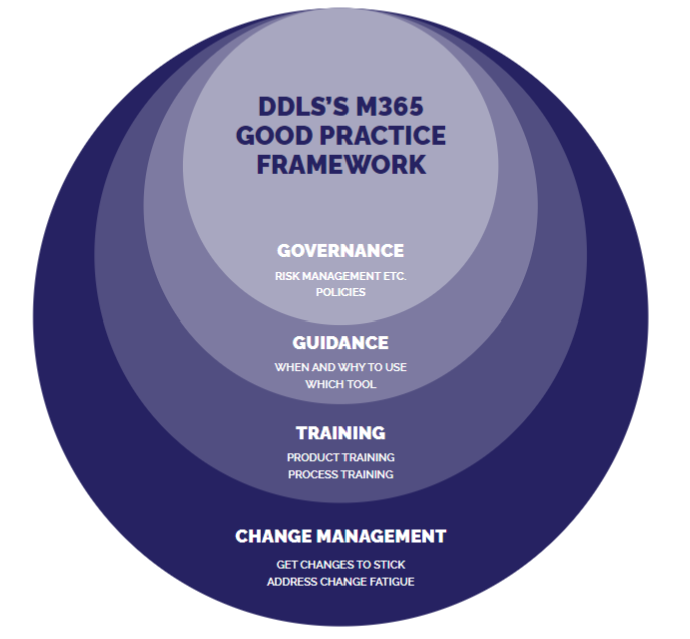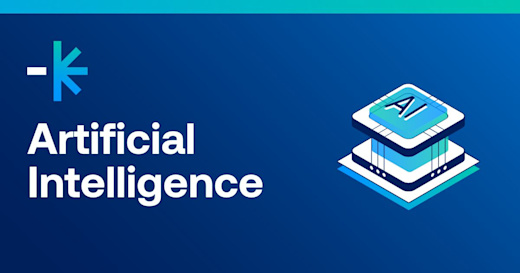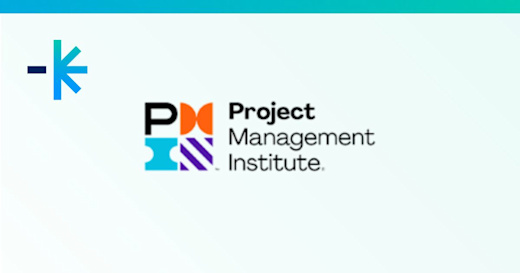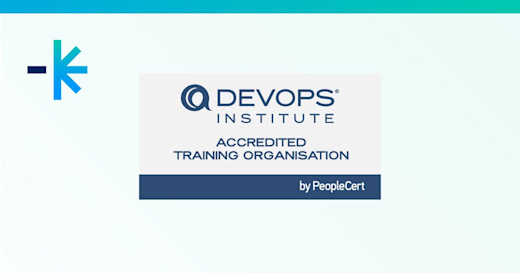There is little doubt that work has changed for good with hybrid work arrangements gaining permanence. For most professionals and employers, the way to ride this wave has been to invest in online collaboration tools.
But things are not as straightforward as they look. Many are learning that spending time to establish an end user adoption strategy and incorporating productivity training are necessary to finding success with hybrid work and everything that comes with it.
The shift to hybrid work at a glance
According to a PWC report, 74% of Australians want a mix of remote and in-person work setups. 45% say that changing attitudes towards remote working and benefits will impact the way people work for well into five years from now.
In the Philippines, a survey by PhilCare on current and future work arrangements found that 48.7% of respondents were open to hybrid work, 35% said they would continue working onsite only, while 16% would work purely from their homes.
In New Zealand, a report by Microsoft found that while 71% of employees want flexible work options, 65% also want in-person interactions with co-workers.
So while working from home has gained ground, the shift to hybrid work is seen as an indication of the importance of the office as a space for building team culture and mitigating internet connectivity issues.
Tasked with addressing these requirements are IT teams, facilities managers and occupational safety and health teams who need to set up secure systems for communicating and collaborating from home while redesigning onsite spaces for activities like concentration, brainstorming, socialising and training.
Navigating the hybrid workplace with learning and development
The concept of hybrid work arrangements can provide a solution to workplace problems that were brought to light by the pandemic: health and safety, cybersecurity, work life balance and team culture.
But it also poses a challenge for HR and Learning and Development managers to increase employee engagement and address skills gaps on all sides. Information technology teams need to expand their cloud computing and cybersecurity capabilities while the rest of the company needs to work on end user adoption.
The importance of process documentation and improvement
As companies shifted rapidly from onsite to work from home and then later to hybrid, there has been an uptick in the migration to online collaboration tools like Microsoft 365. But while its end user applications were easy to navigate, adoption rates have been low because of missed opportunities to rethink how we work.
Having to migrate with little planning was understandable given the short period of time between these changes. But now that companies and employees are settling in, it's time to take stock of operations in terms of business process documentation and digitalising process documents.
Process improvement is also necessary. Business leaders along with process excellence coordinators can work together to explore areas for automation, reduce pain points and bottlenecks AND adapt processes to the use of online end user applications. A day-to-day task like file sharing, for example, requires updated guidelines to ensure data protection and version control.
Designing an end user adoption strategy with productivity training
Microsoft 365 is an umbrella term for several Microsoft applications and cloud-based services offered on a subscription basis. There are multiple versions: for personal and family use, business, enterprise and education, with the latter two offering a far greater range of application and service options than the former.
Given the changes in the way we work, many companies were keen to have equip their employees with end user applications like those included in Microsoft 365.
But they are often disappointed because the expected benefits are not fully realised. This is primarily caused by three main issues:
a hasty migration
a lack of productivity training
or the lack of a framework and end user adoption strategy
And while businesses did not have the luxury of time during their initial migration, focusing on training and a strategy now can support in getting everyone back on track.
Digital productivity training
Beyond engaging staff and providing them with tips and tricks, you can view productivity training as two-pronged:
First, focusing on product knowledge so that teams can familiarise themselves with the different tools
And second, spending time on process development and improvement so that employees understand when to use one tool over another (for example, SharePoint vs. One Drive) in alignment with the company's policies
The Good Practice Framework
Based on our own experiences in DDLS and based on our projects with other organisations, we have gained a deeper understanding of how an end user adoption strategy can make or break the implementation of online collaboration tools like those in Microsoft 365.
This is how our team developed the Good Practice Framework. It defines three pillars that enable all aspects of a successful implementation — training; guidance; governance — which must be underpinned by change management.
You can learn more about the Good Practice Framework and how it can apply to your organisation when you access our eBook on End-User Applications. To get started with productivity training to improve end user adoption, feel free to reach out to us.











